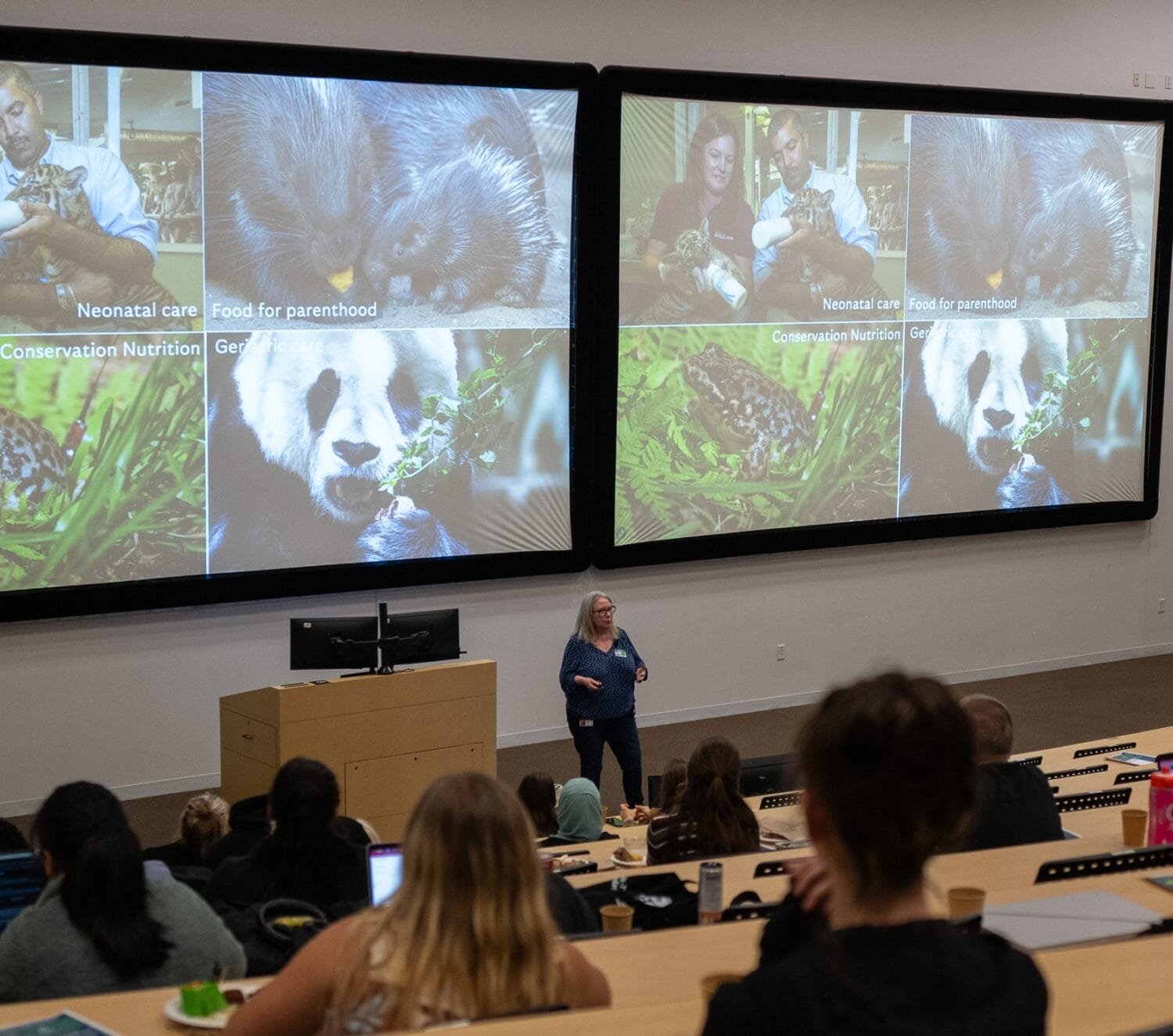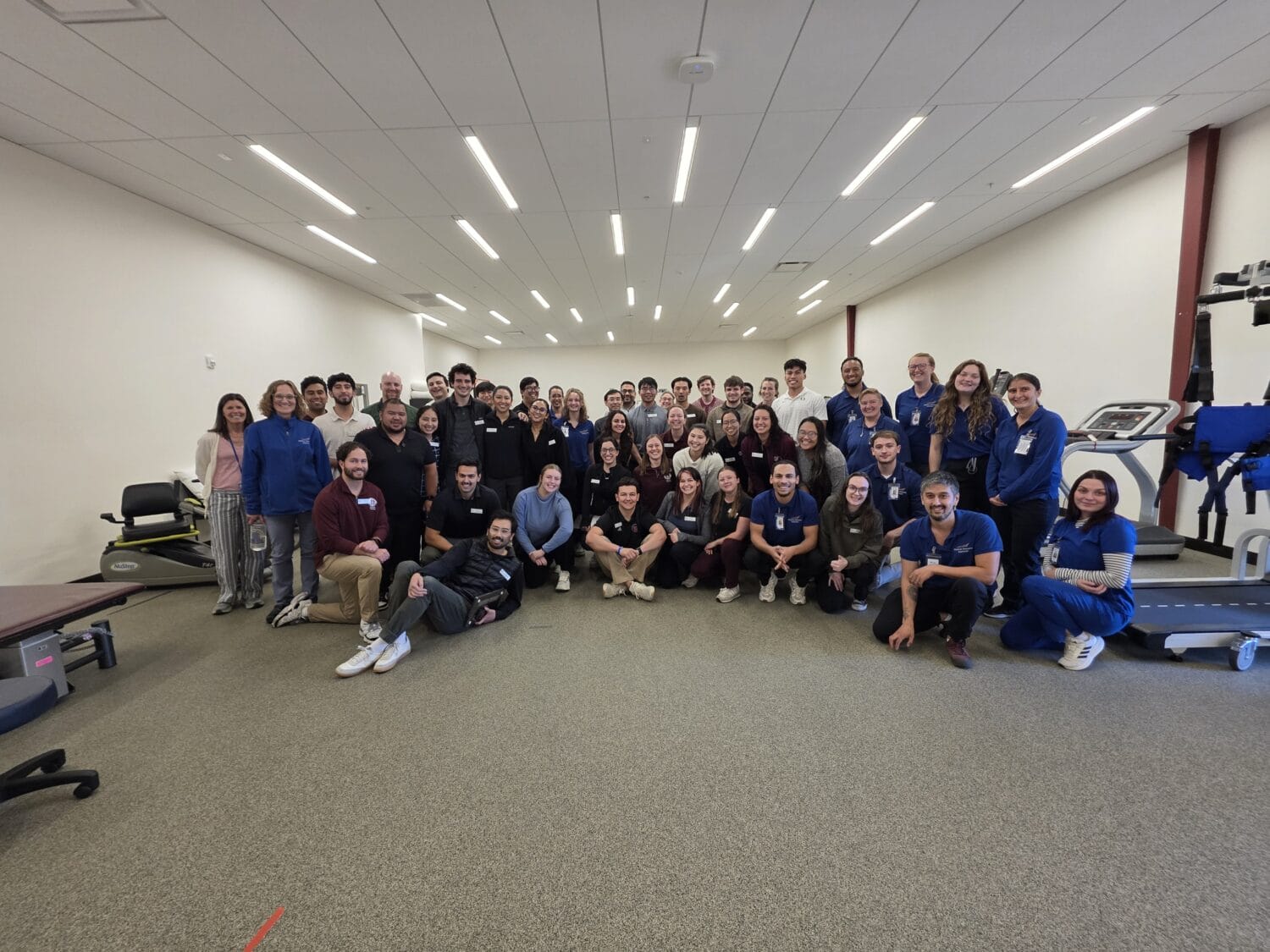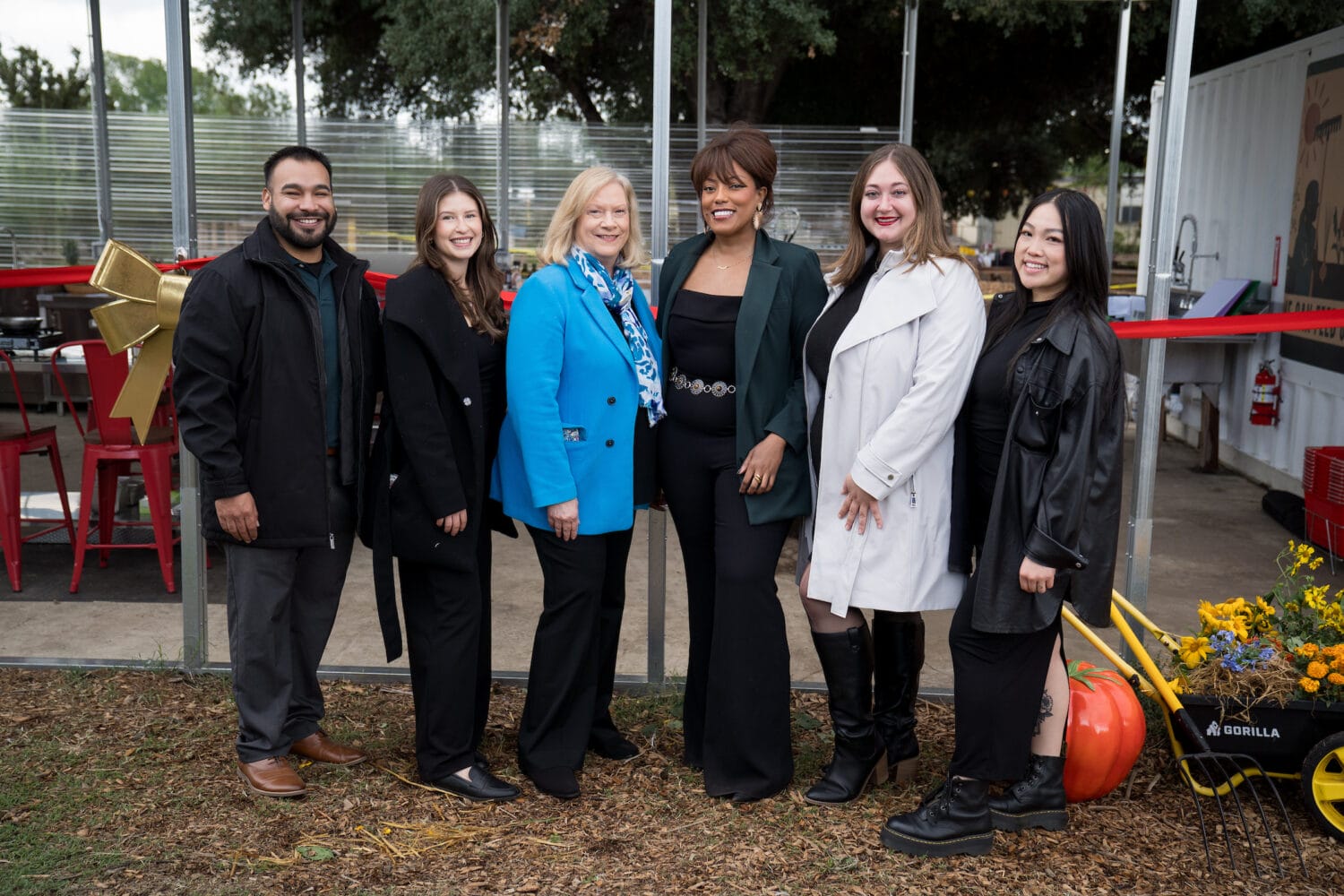Safety tops nursing conference agenda
Karen Curtiss plays with paper dolls on a regular basis, but they aren’t an exercise in scissor art to her – they illustrate some crucial, and troubling, data about patient safety in hospitals.
Curtiss, founder of the nonprofit CampaignZERO – Families for Patient Safety, and the author of “Safe & Sound in the Hospital: Must-Have Checklists and Tools for Your Loved One’s Care,” was one of the keynote speakers at the Quality and Safety Education for Nurse Educators and Clinical Leaders conference held Wednesday, Aug. 15, 2012 at the Doubletree by Hilton Hotel in Ontario, Calif.
The conference was coordinated and sponsored by the College of Graduate Nursing at Western University of Health Sciences, in collaboration with The Health Workforce Initiative and the California Institute for Nursing & Healthcare.
Citing statistics that show nearly 300,000 lives are lost by accident in U.S. hospitals every year, and that one in every three patients is accidentally harmed in some way during their hospital stay, Curtiss asked the conference’s 200 participants to each pick up a string of six paper dolls from their tables.
“Imagine these are the six people closest to you, who would call on you if they needed help,” she said. “Now – which two would you pick to be harmed?”
As nervous laughter and chatter from the assembled nurses, nurse educators and other health professionals swelled, Curtiss said that the exercise was useful in making cold numbers translate into something real, and that it drove home nationwide issues: Hospital safety needs to improve, patients and their families must be strong advocates for their own care, and nurses play a critical role in ensuring that care is patient-focused and safe.
Curtiss’ book, “Safe & Sound in the Hospital,” offers guidance and checklists for patients, including things like making sure all visitors wash their hands – “If you want your doctor to wash his hands so you know they’re clean, ask him to wash his hands” — taking notes about care, sharing the notes among various providers, helping nurses when possible, and handling “deity docs” who marginalize nurses and patients.
“As nurses, I want you to be prepared to see people coming in with the checklists, and for you to be OK about it,” she said.
These steps can be crucial safeguards in preventing infections, medication mixups, bedsores, and a variety of other hospital accidents that can lead to injury and worse, Curtiss said.
Curtiss was preceded in the keynote by Mary Foley, RN, PhD, director of the Center for Nursing Research and Innovation at the University of California, San Francisco, who said safety issues are often a direct reflection of how the health care system itself works. “Patients are too often forced to navigate the fractured health care system on their own. Patients and their families make health care decisions when they are not fully informed of their options,” she said. “Our goal is respecting patients’ wishes, and making sure they are full partners and fully informed about health-care decisions.”
Curtiss’ presence at the conference was an acknowledgment that “we had a knowledge gap and a participant gap in who we heard from at conferences – it was never consumers,” Foley said.
Conference attendees welcomed the keynote message. ““Mary and Karen were enthusiastic,” said Debbie Chow, ADN Program Director and Department Head at Long Beach City College. “Karen, as a consumer advocate, was nice to see and hear.”
Karen Hanford, EdD, MSN, FNP, PA-C, dean of the College of Graduate Nursing, welcomed conference participants by noting that the event was the first in what is planned as a series of WesternU-led conferences about nursing issues. “It has been my vision since becoming dean to create a center of excellence in our region. You are all part of that dream.”
“We have brought quality and safety expertise to the Southern California community, and we are part of a new leadership that nursing is going to take in the Inland Empire for developing new systems of care,” Hanford said later. “If nurses are like-minded on the best things to do, it will change organizations. We are in a position to change systems of care.”
During the day-long conference, participants heard from several panelists who discussed best practices in nursing safety. They also were led in a collaboration-building session by Tom Wolff, PhD, founder of Tom Wolff & Associates and author of “The Power of Collaborative Solutions.” Small group sessions followed, and participants emerged with several projects they will pursue, including how nursing schools can embed QSEN competencies into their curriculum, collaborations designed to help homeless populations, and how church nurses can work with the larger health community to provide care to parishioners.
“I loved the concept of bringing down the barriers, working together and achieving outcomes,” said Carla Schneider, Emergency Department Director for Hoag Hospital in Newport Beach, about Wolff’s presentation.
Jan Boller, PhD, RN, College of Graduate Nursing associate professor and Doctor of Nursing Practice Program director, said the conference was one of the most satisfying she has ever been a part of.
“We’re used to working in our own little silos, but to get safety to be in every organization and across all settings, we’re going to have to work together,” she said. “This will take a shift in thinking about who’s important in the discussion of patient safety.”
“What’s most exciting for me is the potential for consumers to partner with nurses and other health professionals,” continued Boller, who is CGN’s The Fletcher Jones Foundation Endowed Chair for Nursing Quality and Safety. “That’s the power of change, and is what will help us get those (variable health outcomes) numbers down. Our power lies through working closely with patients and families through all of this, across all care settings.
“Our goal is that there will be no variation in excellence.”
The conference was funded in part by grants from the Fletcher Jones Foundation and the CA Community College Economic and Workforce Development Program Grant at Golden West College. Additional sponsors include the WesternU Phi Alpha chapter of Sigma Theta Tau International and the California Institute for Nursing & Health Care.
Wednesday’s conference was sold out, and about 50 nurse educators were turned away after registration closed. Hanford and Boller said the next conference will be planned for 300-350 participants, and will adopt an interprofessional theme, which dovetails not only with the nursing profession’s broad goals, but also with WesternU’s commitment to interprofessional education.
WesternU panelists included Linda Flores, MSN, RN, CEN, Assistant Professor, MSN-E Program, College of Graduate Nursing; Rod Hicks, PhD, APRN, FAANP, FAAN Professor, College of Graduate Nursing; Patricia Shakhshir, RN-BC, PhD, CNS, Assistant Professor, College of Graduate Nursing; and Ivy Tuason, RN, MSN, FNP, Assistant Director, MSN-E Program, Assistant Professor, College of Graduate Nursing.



